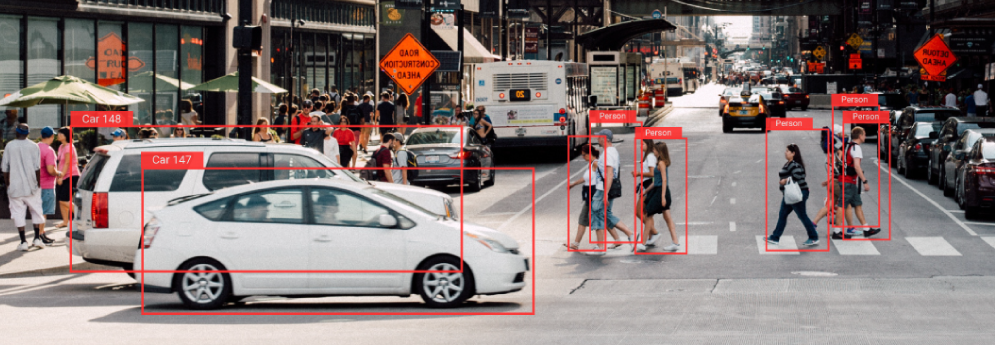
Discover how people counting system shapes urban spaces, optimising traffic, enhancing safety, and transforming the city experience.
People counting can have several uses in the context of a smart city, including:
Managing Public Spaces: People counting can be used to understand how many people are using public spaces such as parks, plazas, and streets. This information can help city officials optimise the use of these spaces and better serve the needs of residents and visitors.
Traffic Management: People counting can help manage traffic flow by identifying the number of vehicles and pedestrians in different areas of the city. This information can help city officials adjust traffic signals, improve public transportation, and optimise traffic flow.
Retail Analytics: People counting can be used to monitor foot traffic in commercial areas, which can help retailers and city officials understand the popularity of different areas and adjust offerings accordingly. This information can also help city officials make data-driven decisions about commercial zoning and development.
Security and Safety: People counting can be used to monitor crowds at events and public spaces, which can help ensure safety and security. This information can be used to manage crowds and prevent overcrowding, ensuring that fire codes and other safety regulations are met.
Urban Planning: People counting can help city officials plan future development by understanding how people move through different areas of the city. This information can inform decisions about transportation infrastructure, public space design, and zoning.
Overall, people counting can provide city officials with valuable data that can help them manage public spaces, optimise traffic flow, improve retail offerings, ensure safety and security, and plan for future development. By using data to make informed decisions, city officials can better serve the needs of residents and visitors, and create more livable and sustainable cities.











